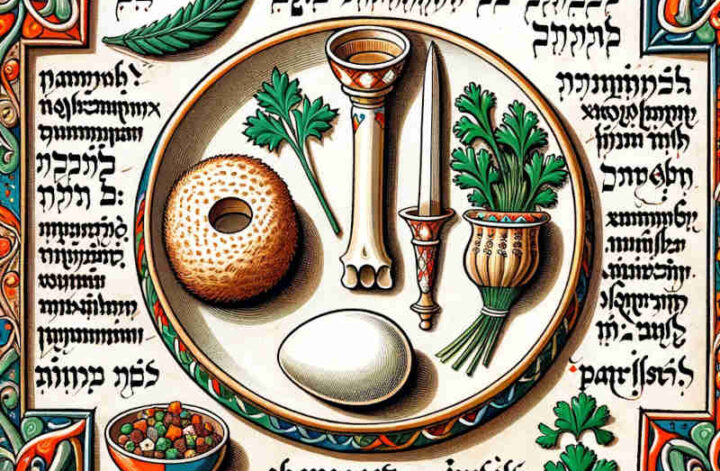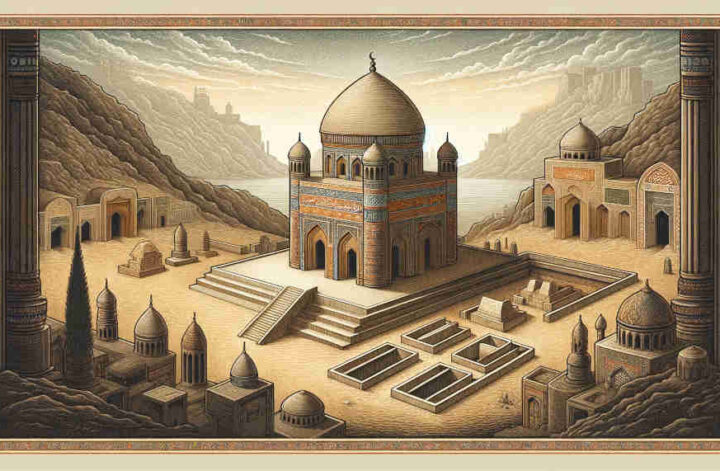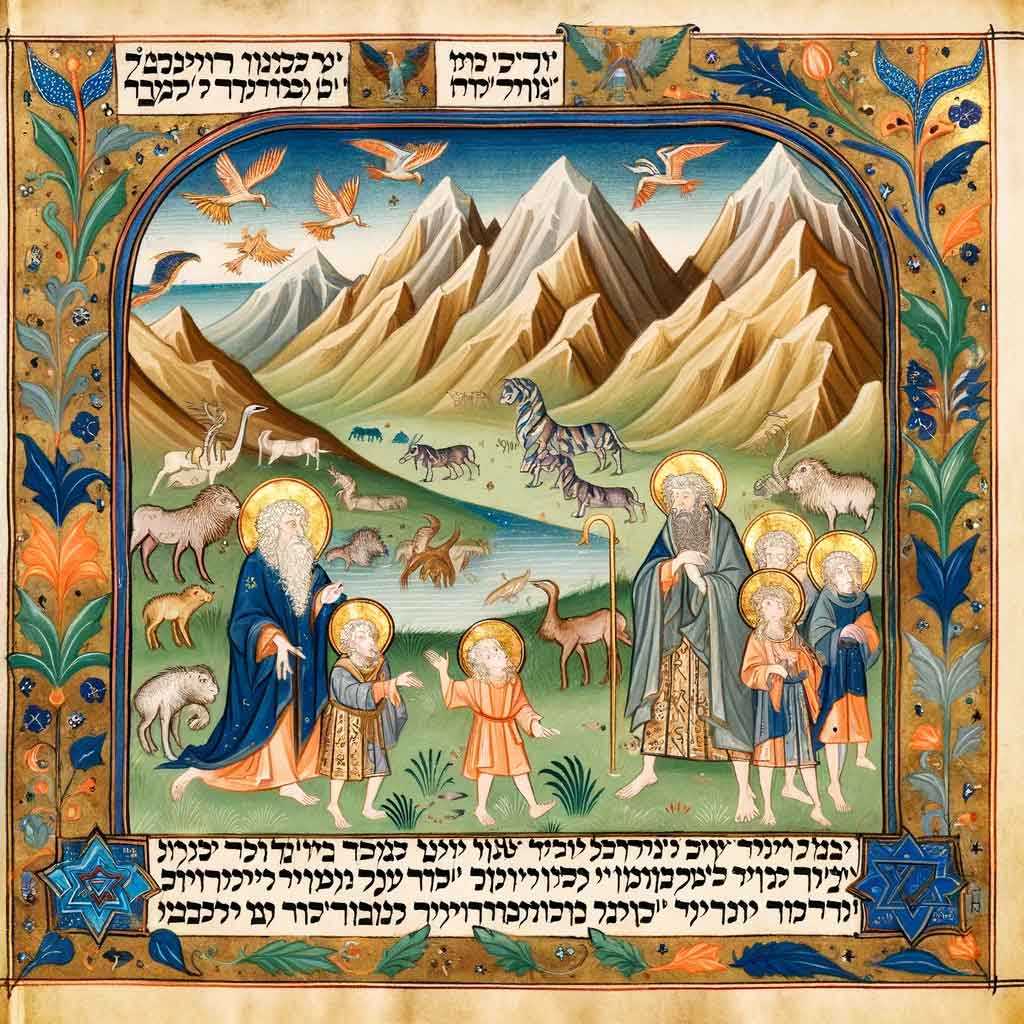Dear Rabbi Joshua,
With Passover approaching, I’m trying to understand the different traditions associated with the holiday. I’ve heard about something called a Seder Plate but I’m not sure what each item represents. Could you explain the significance of the Seder Plate and its components?
– Anthony Russo
The Essence of the Seder Plate
Dear Anthony,
The Seder Plate, or ‘Ke’arah’ in Hebrew, is the focal point of the Passover Seder table. Each item on the plate holds profound symbolic meaning and is a key component of the Seder narrative, which tells the story of the Israelites’ exodus from Egypt and their journey from slavery to freedom.
Components of the Seder Plate
The Seder Plate traditionally holds six items, each representing a unique element of the Passover story:
- Maror and Chazeret: Bitter herbs, usually horseradish and romaine lettuce, symbolize the bitterness and harshness of the slavery which the Israelites endured in Egypt.
- Charoset: A sweet, brown mixture made of fruits, nuts, wine, and spices, represents the mortar used by the Israelite slaves to build the storehouses of Egypt.
- Karpas: A vegetable like parsley or celery is dipped into salt water at the beginning of the Seder. The vegetable represents hope and redemption; the salt water symbolizes the tears shed during the period of enslavement.
- Z’roa: A roasted lamb shank bone, symbolizing the korban Pesach (Passover sacrifice) that was offered in the Temple in Jerusalem.
- Beitzah: A roasted egg, symbolizing the korban Chagigah (festival sacrifice) offered in the Temple and also a sign of mourning for the destruction of the Temple (since the egg is a traditional food of mourners).
Deepening Our Understanding
Each item on the Seder Plate is not merely a symbol but an invitation to delve deeper into the Passover story and the Jewish experience. Through the rituals of the Seder night, we are not just retelling a tale of the past; we are encouraged to place ourselves in the story, to feel the bitterness of slavery and the sweetness of freedom, thus renewing our appreciation for the freedoms we enjoy and our commitment to bringing freedom to those who are still oppressed.
Conclusion
The Seder Plate is a testament to the resilience of the Jewish people and the enduring relevance of our liberation story. As you prepare your own Seder Plate, may you find personal meaning in these symbols, and may your Seder be a night of reflection, education, and inspiration.
Chag Sameach (Happy Holiday),
Rabbi Joshua



